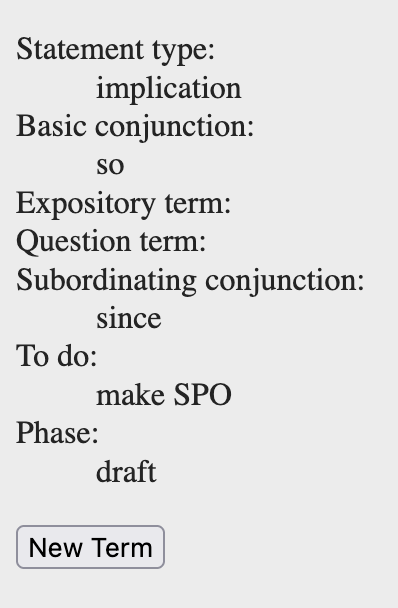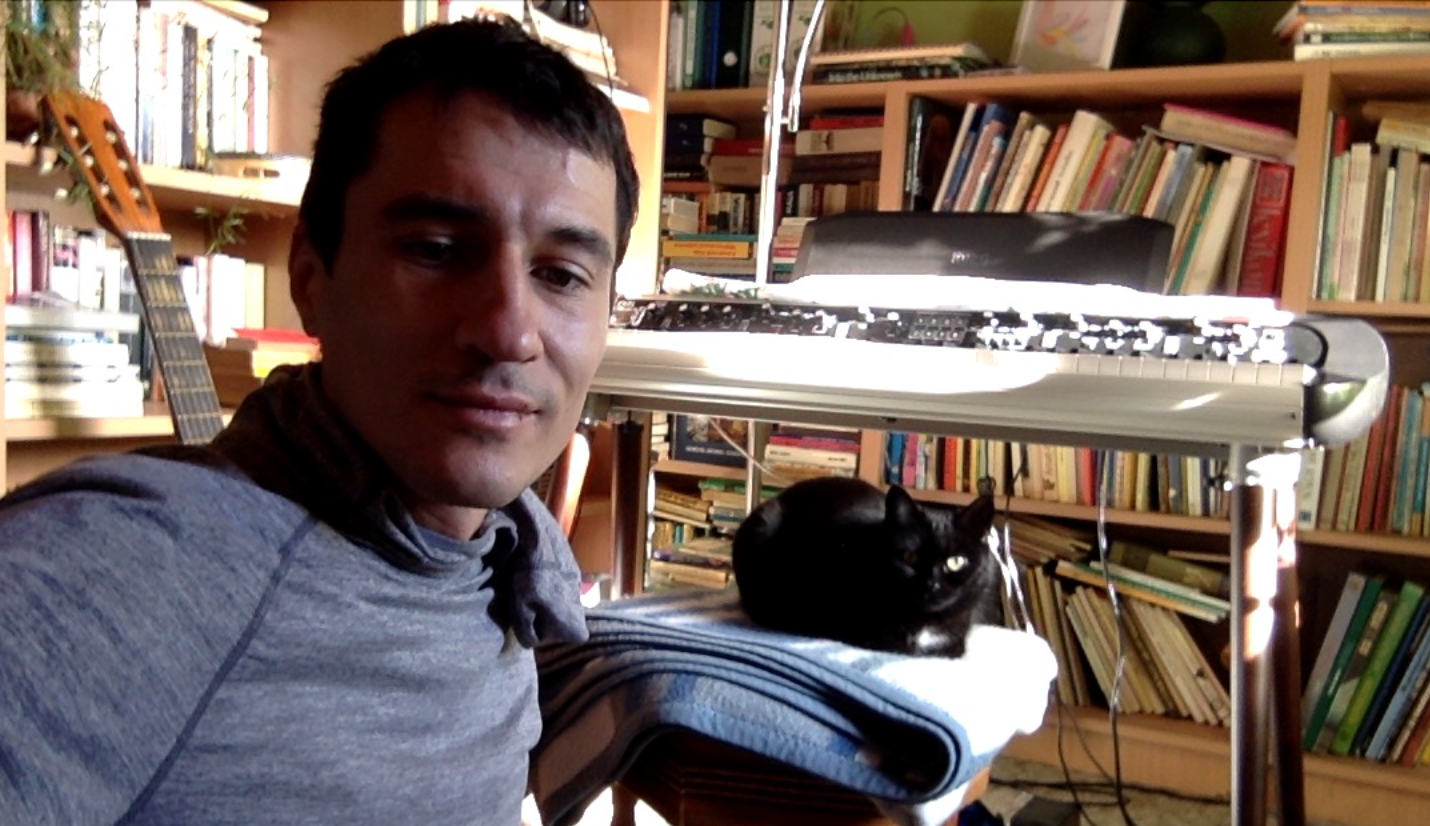A cold sunshiny day
Artist's Way #
The book the Artist's Way was empowering. These journal entries are similar. I did the Artist's Way tasks, and journaled.
I have the idea, to practice the writing method by using every occasion to form sentences, and paragraphs. I feel that my sentences are not varied enough, so I made a Python app to send random elements from the writing method.
I will keep every mvp, and snippet in one repository, the SPECIAL ENIGMA, and send them to Code Review. This way every app idea I create are already in a portfolio, however imperfectly.
https://tonedear.com/ is an excellent app, I look at it with different eyes now. It can be practiced with the Barbara Arrowsmith Approach.
ChatGPT speech conversation on the iPhone is very good, I use it as another multidimensional approach in learning, and practicing the speech parts of my brain.
- trying to learn VS Code settings. I installed Black formatter and isort.
Awesomeness the paragraph randomiser is at your service.

# usage click New Term, assemble sentence/paragraph with given elements
learning a song, rcm1 guitar, rcm8 piano, #
30-60s videos, songs, ideas 4 way rhythm 20/80 in music practice - 24 minutes :: 64% of positive outcomes of 10hrs
- tonedear: I start with pitch id, as something tells me that this cannot be done. I hear a tone, the multiple choices are C D E, I sing it, I think about it, I sing it an octave lower, the sound is higher than a the low C I can barely sing - it is an E.
The second sound seems slightly different, I sing it, I sing the previous note, which I remember, they are a sekund apart, the previous sound a whole tone higher: it is a D.
The third sound is the same note, one or two octaves higher, a D. D again. E, one step higher, I press the wrong button. Then I start to press the buttons quicker, more mistakes occur, I get a different feel for the task.
Visualising a color to pitches can help in recalling pitches. I visualise the brilliant colours of this sunlight filled sky. 😌 "Mmmmmmmmmm": C . Sunlight interacts with the pine tree, breeze: 🌲 D.
Something I cool I learned is in music, simply, tension and relaxation interchange. Dominant is tension, while tonic is relaxation. The strongest harmonic progression from tension to relaxation are the descending perfect fifth: 5,4,3,2,1; and ascending perfect fourth: 5,6,7,8.
Jesus Molina's teachings are awesome, thank you, and keep going Jesus, awesome vibes! This is an advanced video reharmonising songs, but he talks about three basic elements. These elements can be used in building compositions with simple elements as well:
- melody
- focus on function of the chord
- relaxation, tension
Permutations of musical elements allows for richness, fun and variety, even in the simplest structures. It can be a good cognitive exercise to consciously permute elements. Discovering the Arts of Mathematics books are excellent resources, doing a chapter from the DAoM Music book I learned about the permutations in playing sounds on a number of counts, which can be applied to other musical elements, seperately or in combination.
Shavasana is very relaxing, I wonder if it has similar effects to NSDR/Yoga Nidra

I am inspired by Jane Wheeler's blog
How to add images in a grid in an md file?
|  |  |
|---------------------|---------------------|
|  |  |
|---------------------|---------------------|
| width="30%" | width="70%" |
500 songs - A History of Rock Music in 500 Songs is an awesome podcast. There is a corresponding Spotify playlist Andrew Hickey's History of Rock Music in 500 Song. Folsom Prison Blues got stuck in my head, and I sat down to learn it on the guitar. I spent some time transcribing it, and slowed it down with Global Speed AddOn. This is a very useful app, I can slow down music to hear more detail, or speed it up hear structure.
Now in the evening I had the idea to somehow develop a puzzle practice in music. Similar to code puzzles and cognitive neuroplasticity exercises. It would be fun, but I don't yet know what to practice. Perhaps I start with riffs.
I used to be so anxious about music practice, and a thought that helps ease this a lot is I can do music as I do exercise. I like to move, play around in exercise, and I don't really get tense about it. This sense of playfulness and ease can be transferred to being at the instrument. I am practicing moves, rhythm, moving my hands, feet, fingers, arms, voice.
Learning blues licks on the guitar seems similar to solving code puzzle snippets in Python.
- look at sheet, mentally play it, guess the sound, play it, memorise, record, speed it up I try to vary the inversions, pitches, order of notes.
- Previous: Blog article driven learning
- Next: Rainy rock day